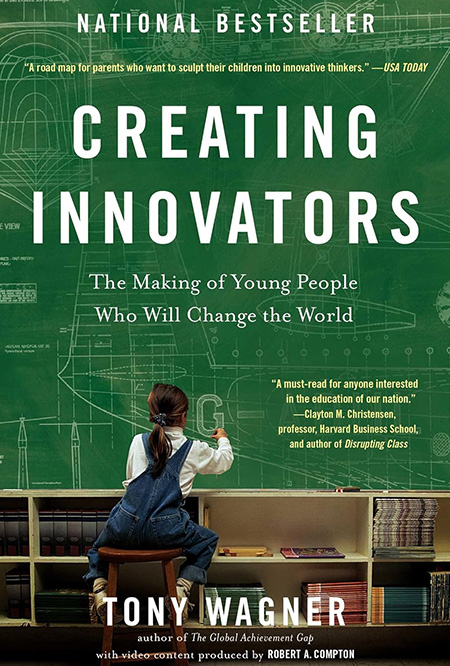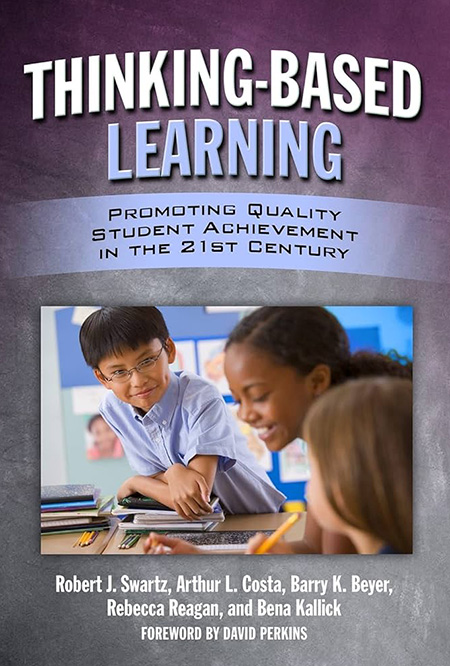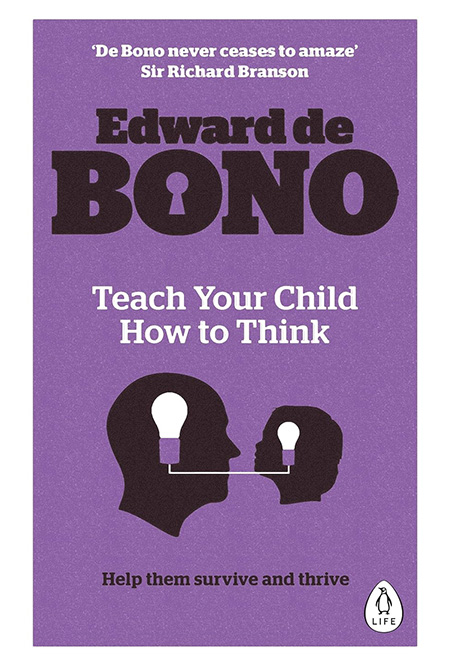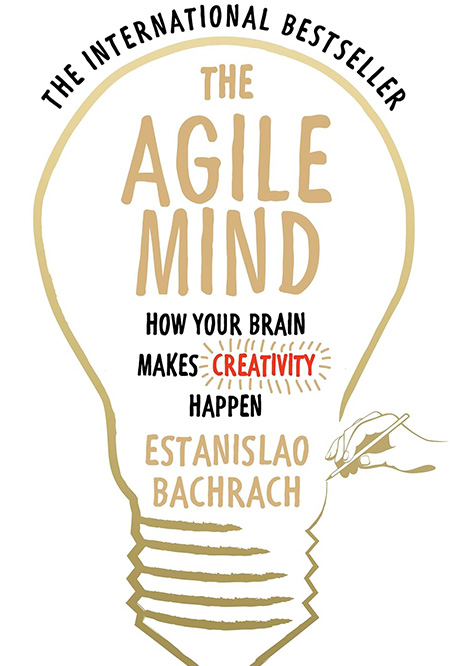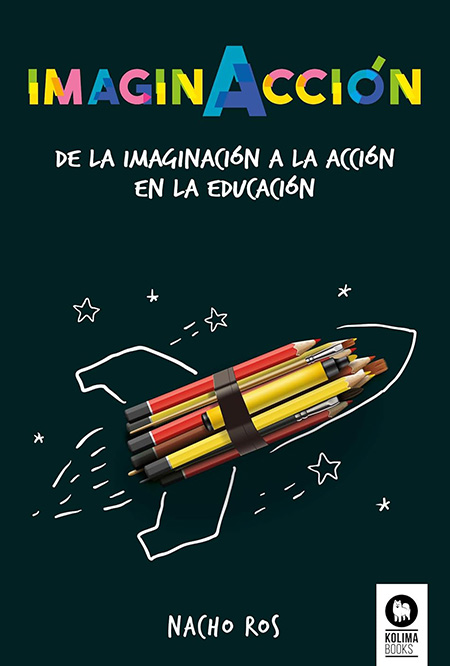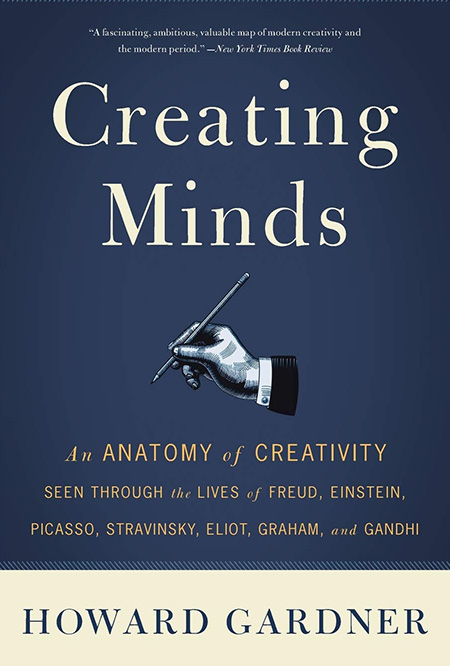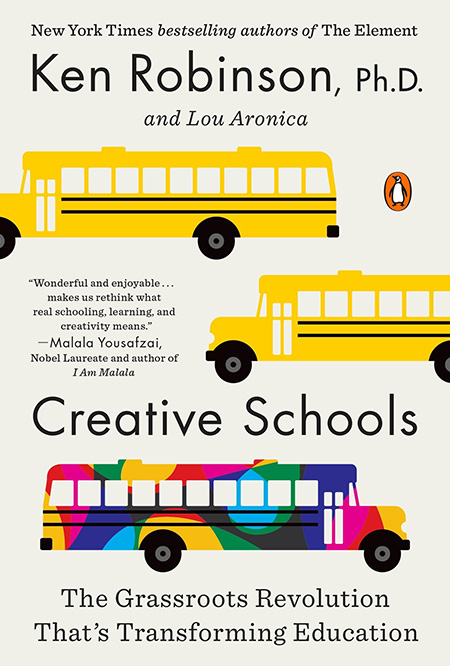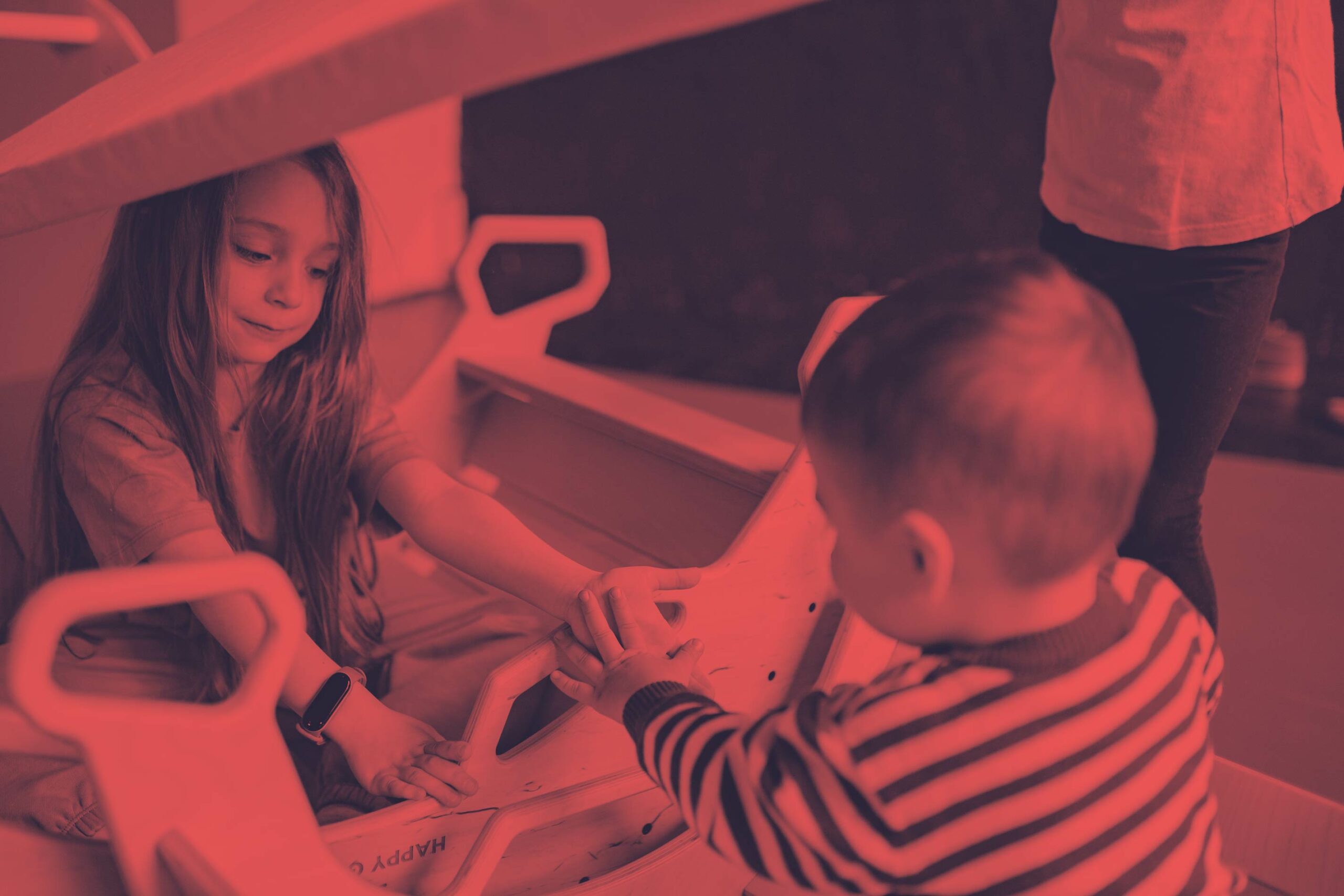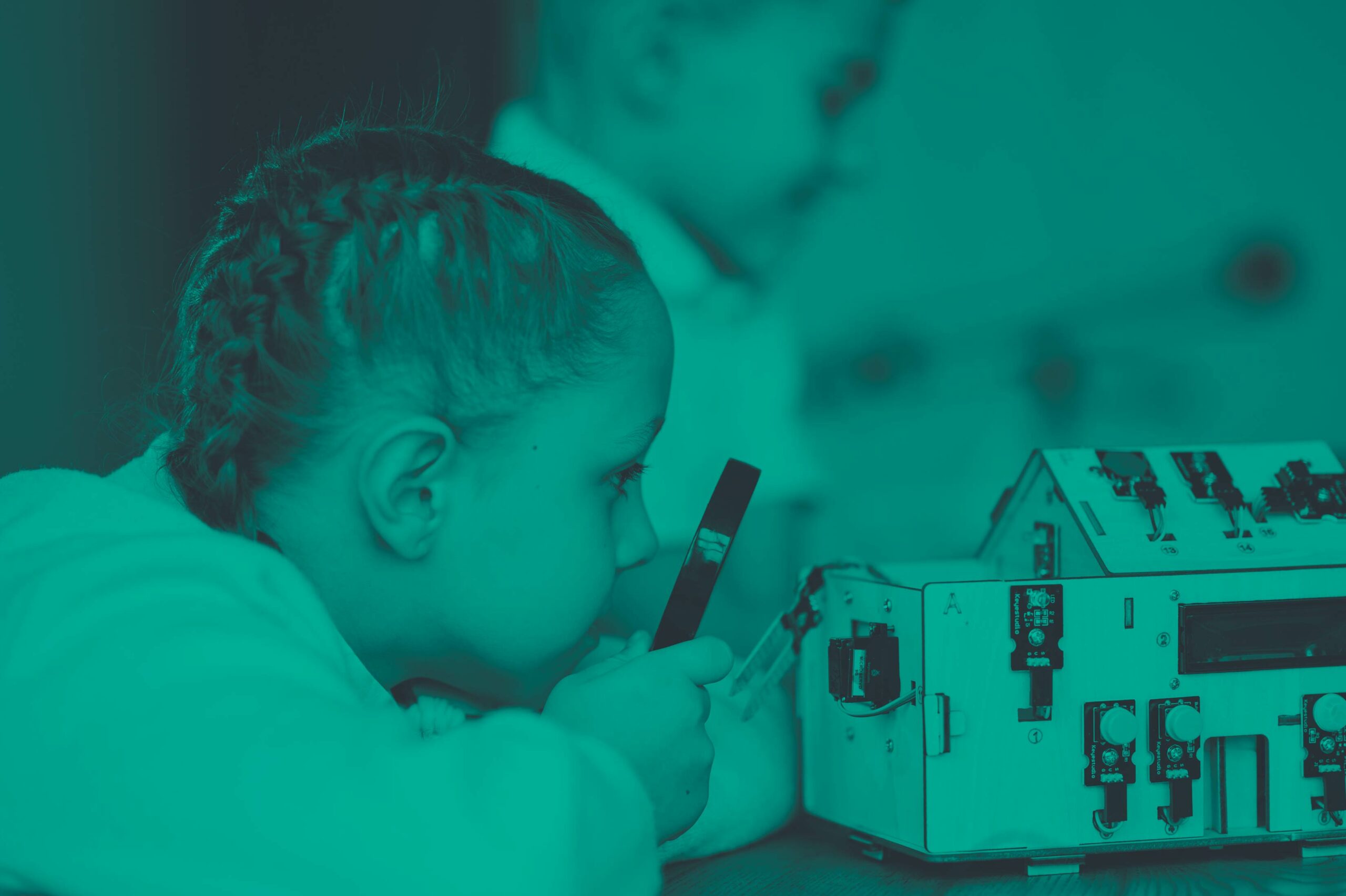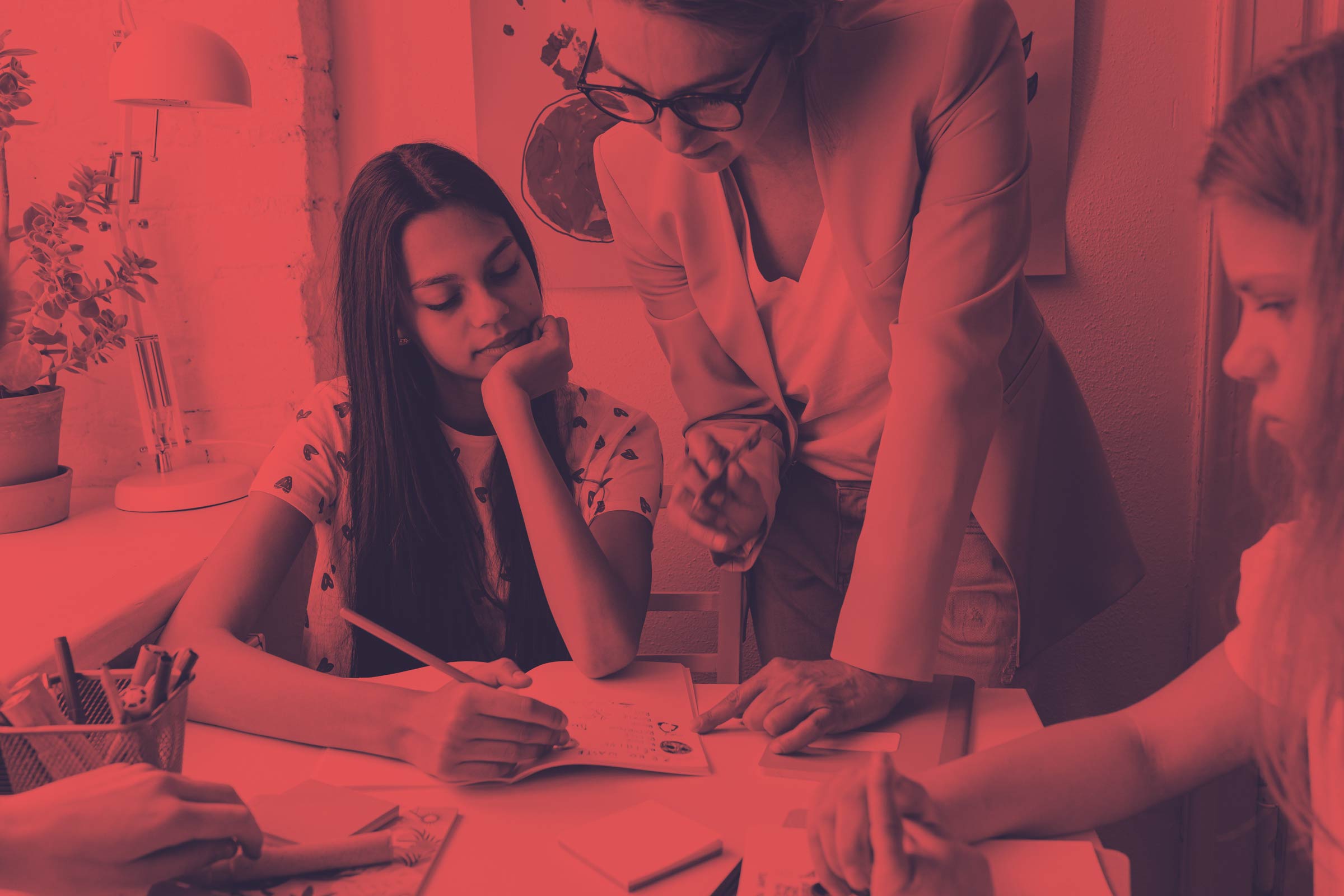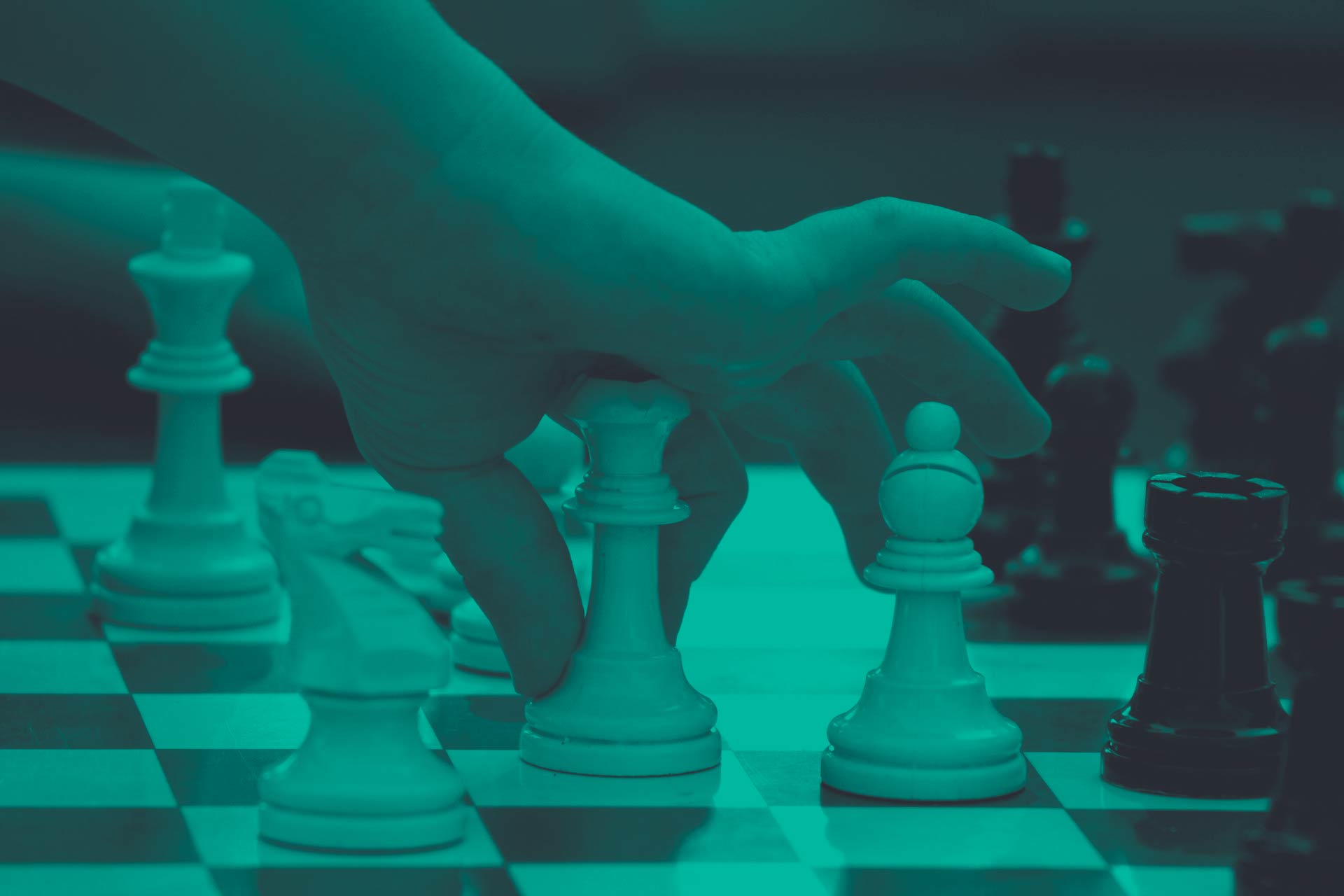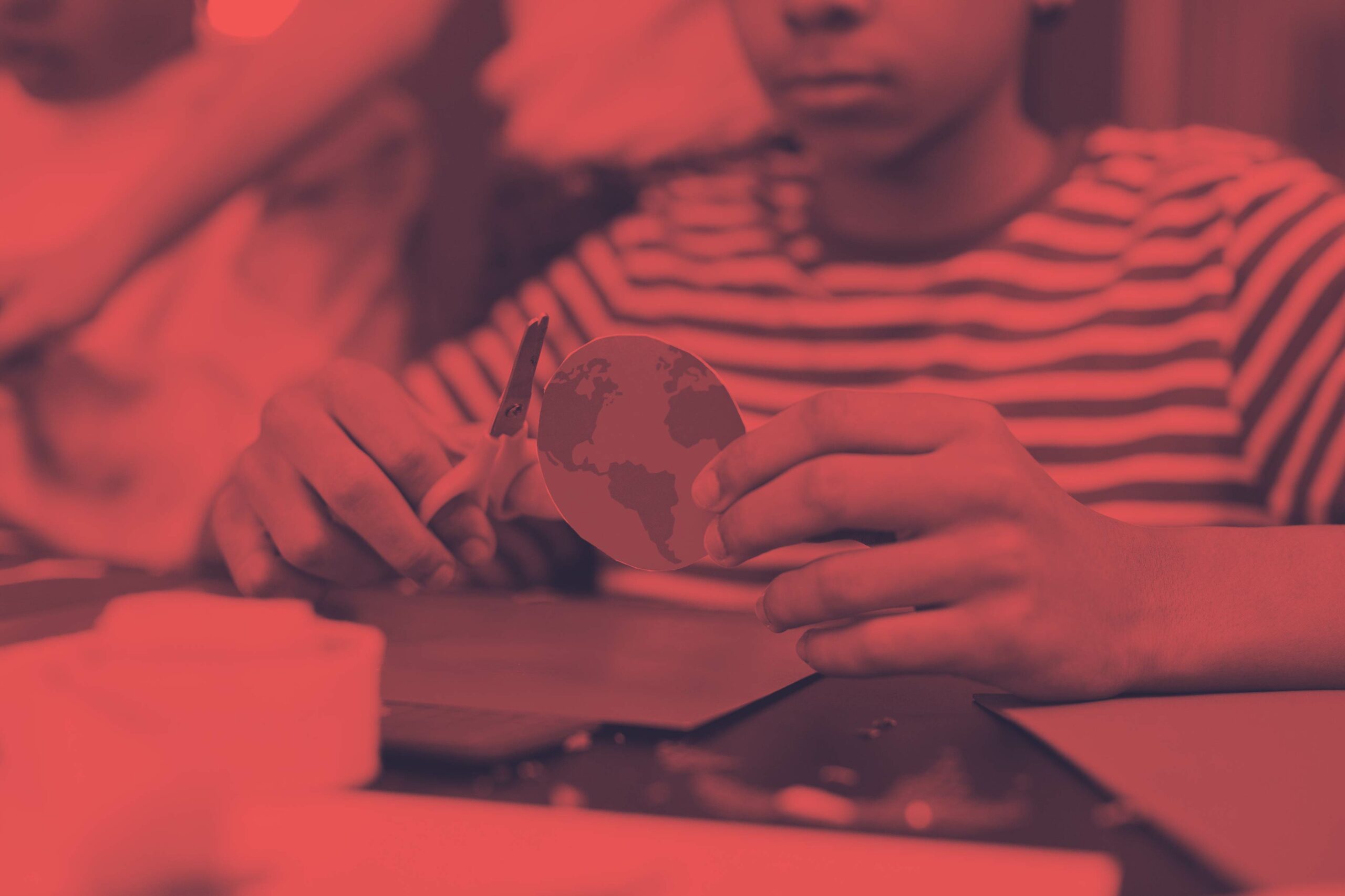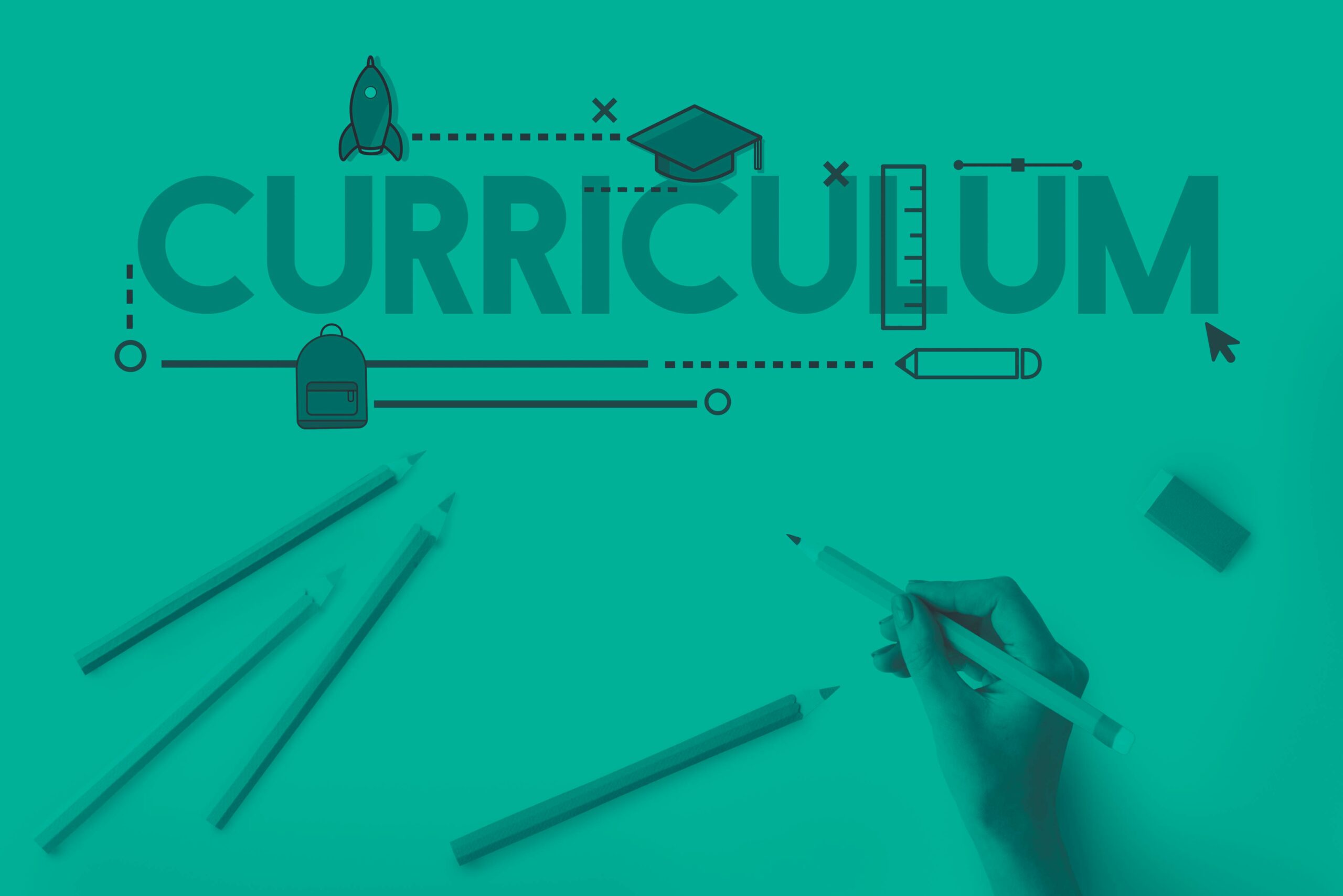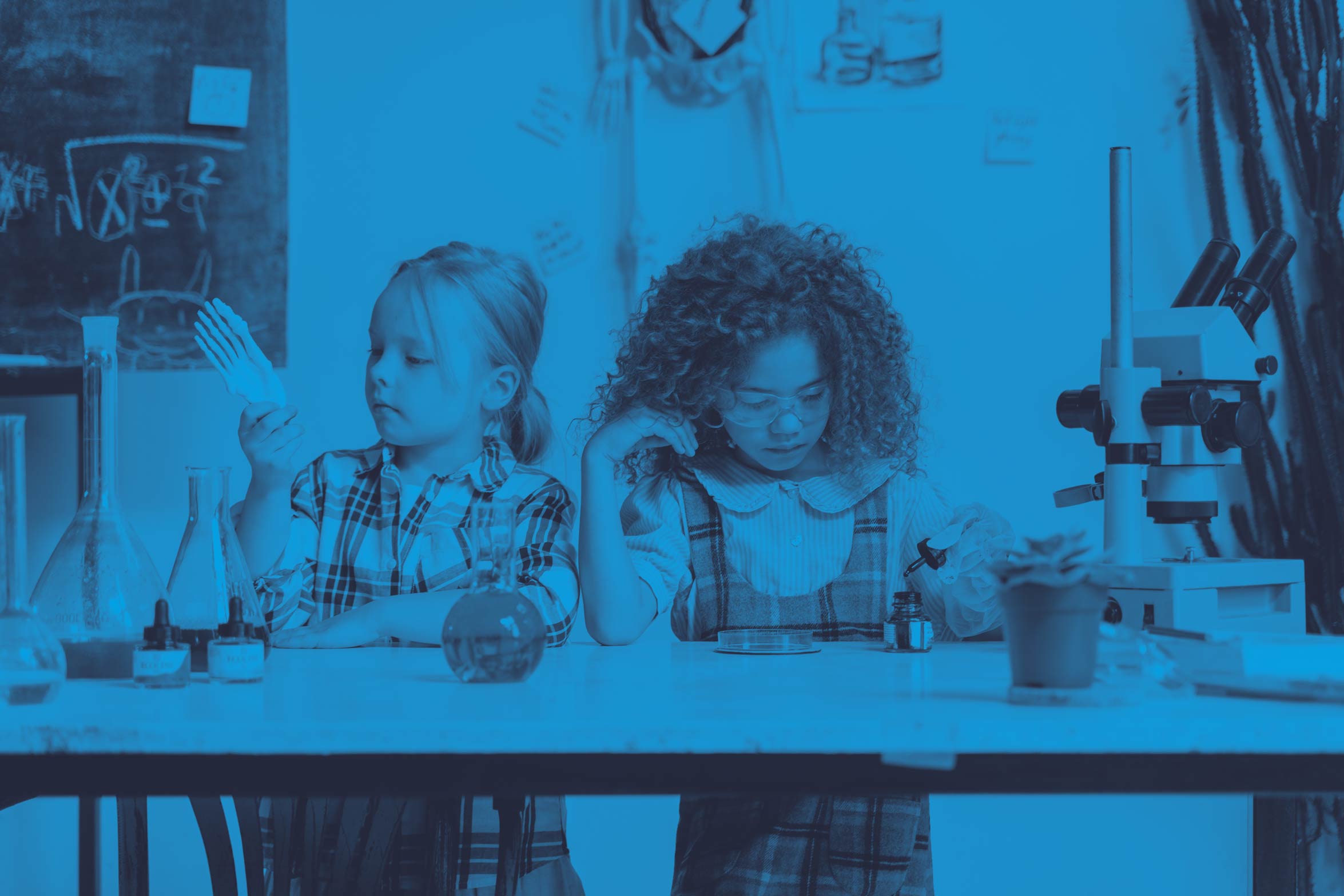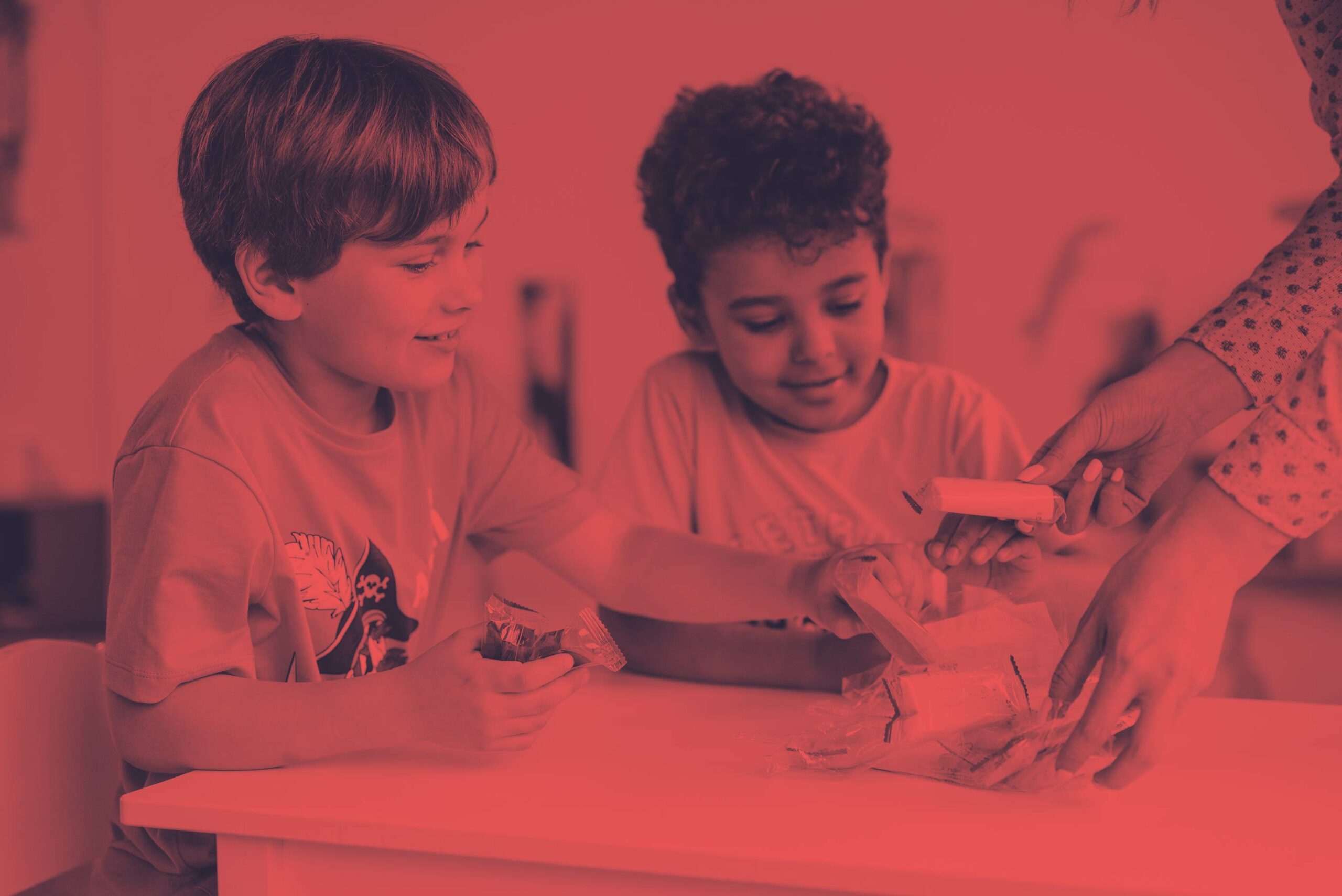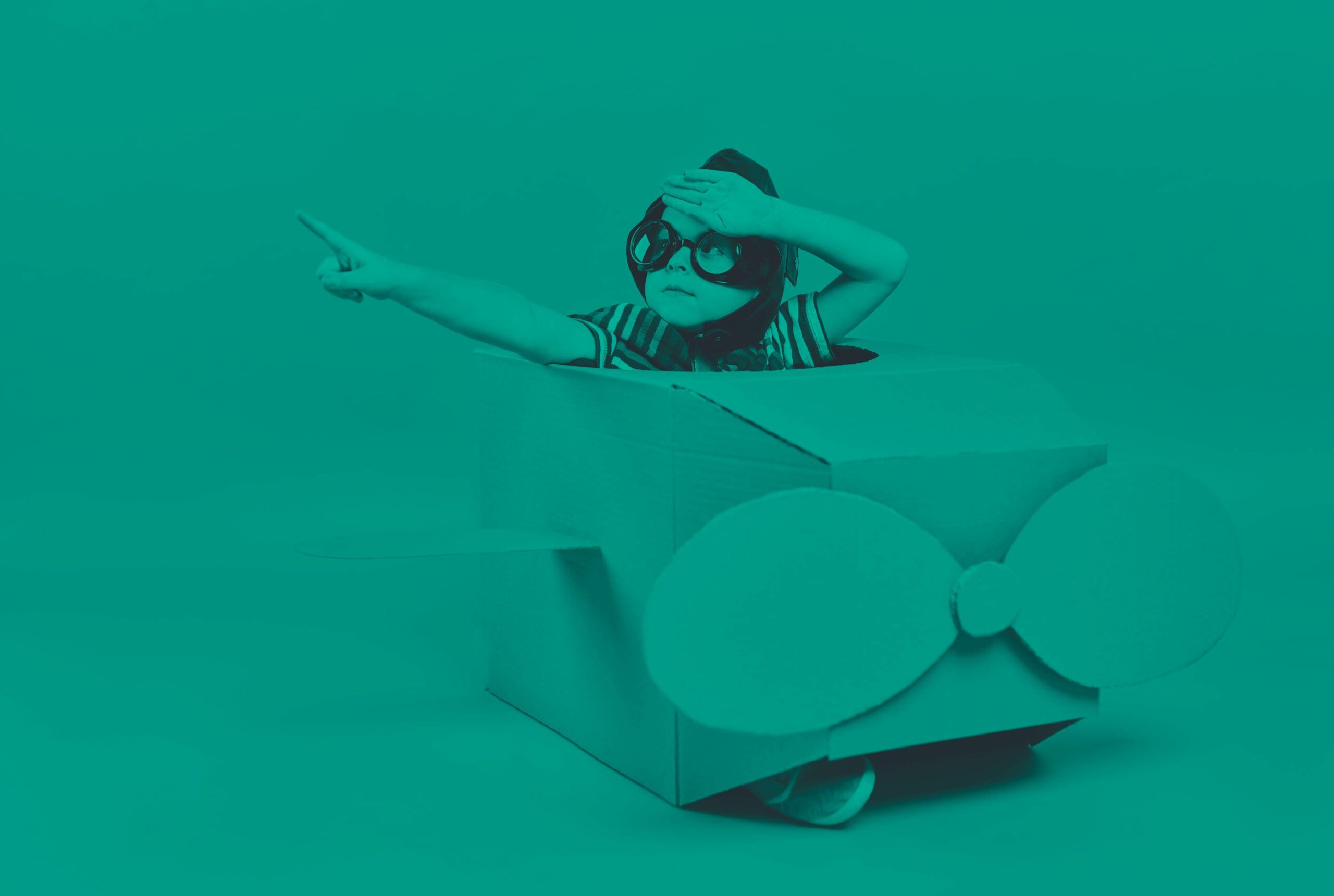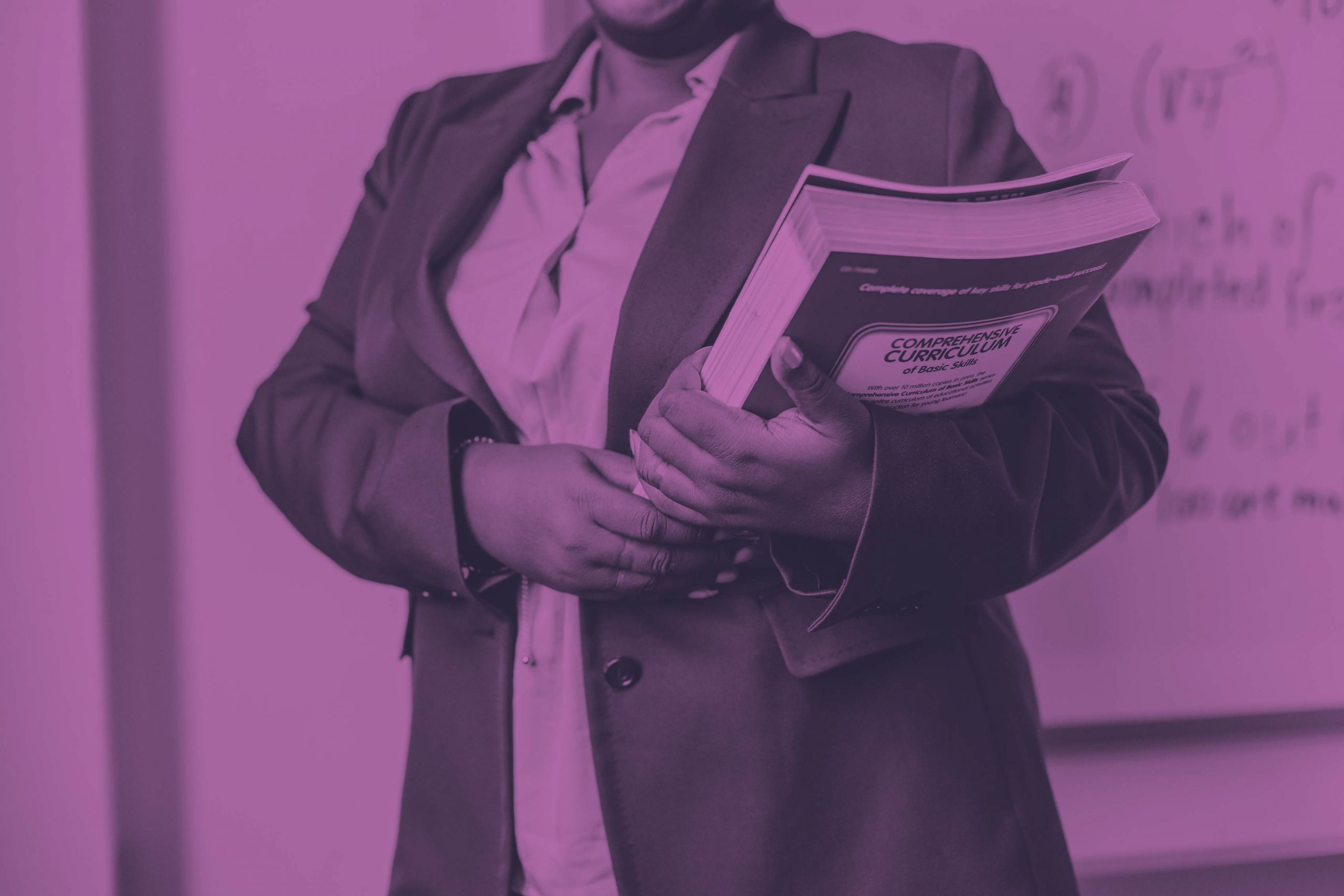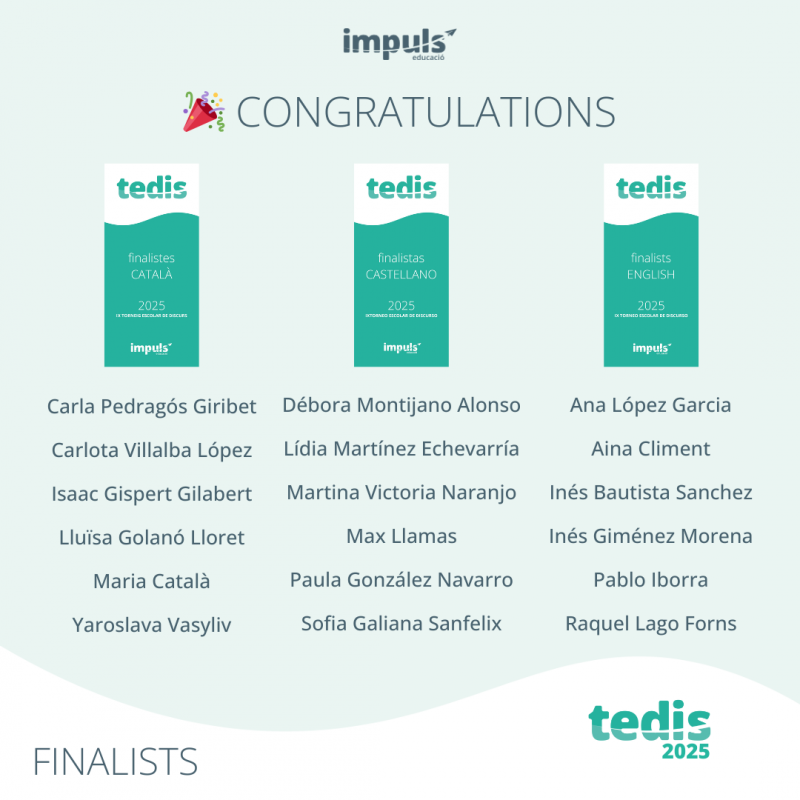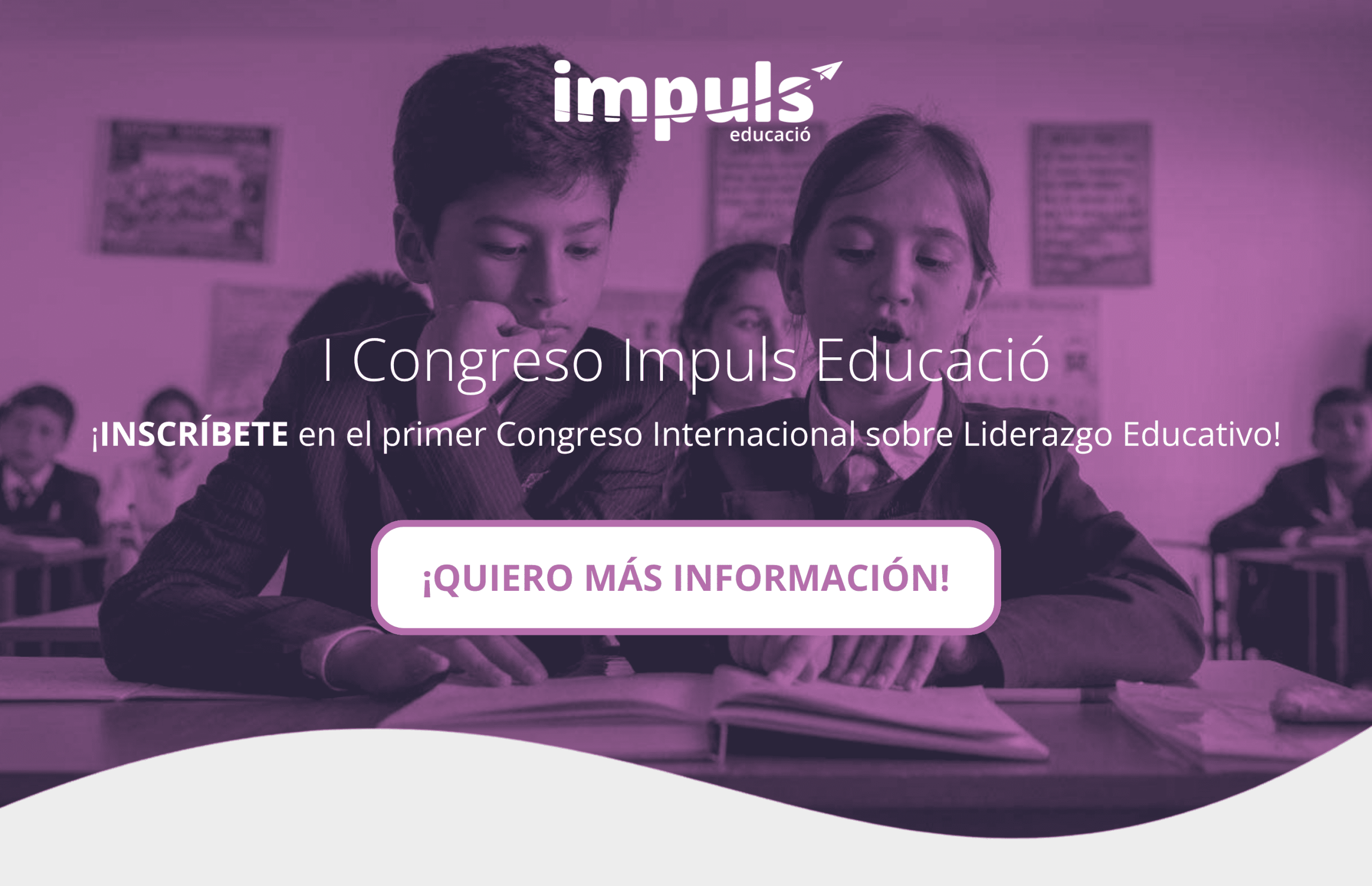Creative Thinking Library
Creating innovators
Summary: This book focuses on how to create the next generation of innovators. To do this, the author conducted interviews with young people from the so-called ‘network generation’ to understand how they were motivated and what kind of teaching and leadership they responded positively to. The book shows how the innovations of the new generation can create value for companies and for themselves. Wagner believes that the essential qualities of an innovator can be instilled, taught and mentored and, as a result, if the environment is provided and opportunities are given, people can become more creative and innovative.
Thinking-based Learning
Author: Robert Swartz, Teachers College Press 2010
Summary: Thinking-Based Learning (TBL) is a methodology that teaches students to use thinking skills, both in the classroom and in their daily lives, and thus to become good thinkers. It involves the practice of collaborative thinking, where ideas are shared and discussed in groups, connected by a sense of empathy and a desire to find the best solution to a problem together. To achieve this, the role of teachers is key, guiding and motivating their learning through open questions that activate their thinking.
Lateral thinking
Author: Edward de Bono, Penguin Books 2016
Summary: Lateral thinking is creative thinking with infinite ways of arriving at a solution, because it uses the brain in a different way without using logic. This book examines why the current way of thinking is not good enough and what can be done to change it. De Bono argues that while the current methods of thinking work when applied to specific areas such as science and technology, when attempting to tackle less scientific areas, no progress is made. A book with fresh ideas to demonstrate the strength that comes from the ability to think differently.
Teach your child how to think
Author: Edward de Bono, Penguin Books 2009
Summary: This book shows that there are many extremely intelligent people who get trapped in their own talents, thus becoming deficient thinkers. De Bono argues that thinking is just another skill that can be taught to children. With this account, the author provides a series of tips on how to encourage thinking that will have a profound and beneficial influence on a child’s entire life. He shows how to educate young children to develop their talents and skills productively.
The agile mind
Author: Estanislao Bachrach, Transworld Publishers 2016
Summary: Recent advances in neuroscience have shown that the mind, through the application of the right techniques, can modify the structure and configuration of the brain. Creativity can be expanded and therefore all people can be creative to succeed and live better, it is a matter of exercising the brain to learn how to think. This book shows the mechanisms of the learning process to learn how to develop the full potential, how to use the senses, expand the memory, focus attention, control negative emotions and enjoy the positive ones.
ImaginAcción
Author: Nacho Ros, Kolima 2019
Summary: The “ImaginAcción” method ingeniously and effectively combines creative thinking, emotional education, art education, imagination, cooperative learning and service learning. Developed in a didactic and innovative way, this method has been tested in different educational centres, where it has improved the social and creative behaviour of students, as well as greatly increasing the motivation of students and teachers. The book offers a wide variety of original ideas and didactic resources to apply in the classroom or at home.
Dibujar para aprender (Visual Thinking)
Author: Garbiñe Larralde, Graó 2022
Summary: Este libro, inspirado en el Visual Thinking, invita al lector a dibujar para aprender y abre un universo de posibilidades que todavía se tiene que explorar. El mundo está cambiando y gran parte del alumnado habla el idioma visual, por este motivo se debería dar un mayor protagonismo en el sistema educativo. Esta obra pretende enriquecer los saberes académicos con esos “haceres” que facilitan el acceso al conocimiento a quienes piensan de otras maneras, como aquellos que quieren experimentar con el dibujo como una herramienta para representar ideas.
Creating minds
Author: Howard Gardner, Basic Books 2011
Summary: Drawing on the same system he himself developed to understand intelligence, the author offers a revolutionary vision of creativity, as well as fascinating portraits of some of the people who have contributed most to reinventing the whole of the human being. Gardner provides evidence that the creative people of our time are characterised by a specific personality configuration and that the way in which their ideas are conceived, articulated and disseminated offer numerous commonalities. Creative individuals are characterised by unusual combinations of intelligence and personality, which is why the circumstances in which they work and the reactions of the peer group around them are so important.
Creative schools
Summary: This book is a revolutionary approach to education. The author develops in this book the ideas of his famous TED talk “How school kills creativity” and offers innovative and revolutionary solutions to one of the most relevant problems of our society: how to transform an educational system that does not work.

